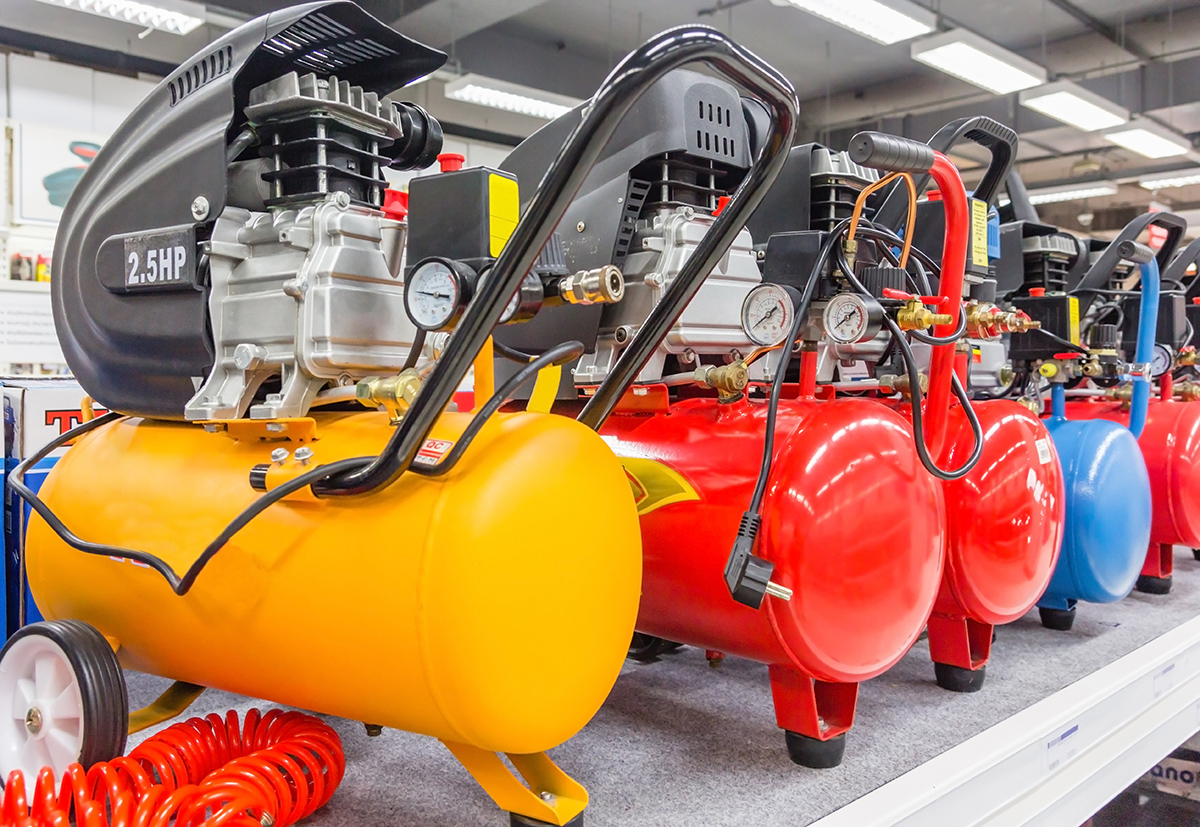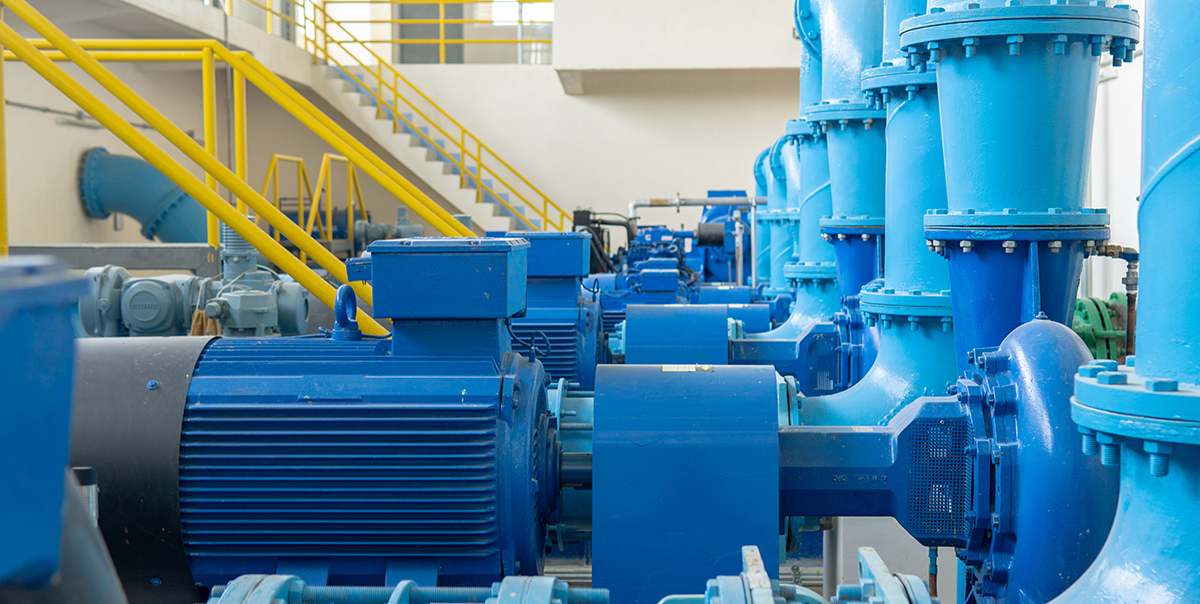What is predictive maintenance? (benefits and examples)
Downtime is expensive for any business and is clearly something that needs to be avoided. One way to avoid this costly downtime is using predictive maintenance.
Predictive maintenance can be a game changer, allowing you to proactively maintain your equipment and prevent unplanned downtime.
So, what is predictive maintenance, and how does it work? What are the advantages of this strategy? How can Sensorfact help you to do predictive maintenance? To discover more, continue reading.
Table of contents
- What is the definition of predictive maintenance?
- Predictive maintenance vs preventive maintenance vs reactive maintenance
- Benefits of predictive maintenance
- What does predictive maintenance prevent?
- Sensorfact’s predictive maintenance strategy
What is the definition of predictive maintenance?
Predictive maintenance can be used on any type of machine, but it is particularly important for critical equipment like industrial production machinery, where downtime can be extremely costly. In fact, predictive maintenance is used to prevent unexpected downtime while also limiting maintenance, resulting in more efficient operations and cost savings.
To know when to anticipate a problem, rotating equipment is continuously monitored. The data collected is then analysed to identify patterns that may indicate an impending failure. This allows you to schedule repairs or replacements before the equipment breaks down.
This has the potential to save a lot of money, as well as avoid unplanned downtime. Best of both worlds, right?
Predictive maintenance vs preventive maintenance vs reactive maintenance
You may have heard of the term’s preventive maintenance and reactive maintenance before. So, what is the difference between predictive maintenance and these other two types of maintenance?
Predictive maintenance is a condition-based maintenance strategy that is only concerned with maintaining equipment that is actually due for maintenance, whereas preventive maintenance is a scheduled-based approach where equipment is maintained at regular intervals regardless of its condition. This creates a lot of waste, as parts that could have continued to function for longer are needlessly replaced/repaired.
In contrast to preventive maintenance, reactive maintenance is when repairs are only carried out once a problem has already occurred. This may seem like the most obvious solution, but it can actually be quite costly and disruptive. Not to mention, by the time a problem is detected it may be too late to avoid unplanned downtime.
Predictive maintenance has the benefits of both worlds without any downsides. By using data and analytics, it allows you to only carry out maintenance when it is actually needed, avoiding the waste associated with preventive maintenance, as well as the unplanned downtime associated with reactive maintenance.
Benefits of predictive maintenance
Now you know what predictive maintenance is and how it works, you may be wondering what the benefits of this strategy are.
There are many advantages to using predictive maintenance, but some of the most notable benefits include:
Higher productivity:
- Less unplanned downtime, as your assets do not deteriorate and fail unnoticed
- More effective maintenance, as you will not be doing maintenance when it is not needed
Lower costs in case of breakdowns:
- Lower costs for repairing broken engines because you can intervene before the situation deteriorates
- Less stock required to ensure you can supply clients
- Less cost to compensate for lost production
Safer working environment:
- Defective machines can cause unsafe situations, which you can prevent by intervening in time
- With continuous monitoring, manual (vibration) measurements are no longer necessary for rotating machines
What does predictive maintenance prevent?
While predictive maintenance can be used on any type of equipment, at Sensorfact we primarily use it for rotating equipment. Therefore, the six most common faults of rotating equipment are:
Imbalances
An imbalance is an uneven distribution of mass around a rotating axis. The most common cause of an imbalance is build-up from foreign matter, such as paint, rust, or dirt. Other causes of an imbalance include broken vanes or blades, and missing fasteners in the rotating equipment.
Imbalances can cause a number of problems, including, increased vibration, premature bearing failure, and reduced efficiency. In some cases, imbalances can also lead to catastrophic failures.
The role of Sensorfact is to constantly monitor the rotational speed and vibration of your assets. By doing so, you can detect imbalances early and take steps to correct them before they cause any damage.
Misalignment
If the shaft centerlines of the driver and driven machine(s) are not aligned in the vertical and horizontal planes, it can cause a number of problems – this is called misalignment, and it’s quite common.
In some cases, misalignment can cause vibration and noise, as well as excessive wear on bearings and other parts. In severe cases, it can also lead to catastrophic failure.
Sensorfact can help you notice these issues by measuring the vibration of your assets. As soon as a problem occurs, you will be alerted so you can take steps to correct the misalignment and avoid further damage.
Structural Resonance
Structural resonance is a type of vibration that can cause damage to machines and other structures. It occurs when the natural frequency of a component coincides with a forcing frequency, resulting in excessive vibration.
This can be a challenge to correct, especially if there have been changes in the way the machine is operated. There are several ways to address resonance, depending on the severity of the problem.
Sensorfact can detect structural resonance by constantly monitoring the vibration of your assets. Once there is an anomaly, Sensorfact’s consultants will contact you as soon as possible so you can take the necessary steps to fix the problem.
Gear Wear
Gear wear is a major concern for those who rely on gears to perform properly. There are three major types of wear: adhesion, abrasion, and polishing.
Adhesion wear occurs when materials become bonded together, usually due to a lack of lubrication. Abrasion wear occurs when particles rub together and cause the material to be removed from the surface. Polishing wear occurs when two surfaces slide against each other without adequate lubrication, causing a smooth surface to develop.
While gear wear can be caused by misalignment or insufficient lubrication, it can also be caused by improper equipment maintenance or repair. In order to prevent gear wear, it is important to continuously monitor your rotating equipment.
With this data, predictive maintenance can be used to detect gear wear early and notify you so you can take steps to prevent further damage.
Bearing Fault
Bearing failure is one of the most common problems in rotating equipment. It can be caused by a number of factors, including misalignment, poor lubrication, high temperatures, or poor installation.
Increased vibration, noise, and heat are all possible symptoms of a failing bearing. It can also result in total failure in severe situations.
Sensorfact can help you to avoid these problems by constantly monitoring the health of your bearings and alerting you when they start to show signs of wear.
Cavitation
When a pump is operating, the liquid on the suction side can sometimes form cavities or low-pressure vapor bubbles. These cavities are known as cavitation. If the cavities get into the impeller section of the pump, the pressure will balance out and they will often implode onto the impeller surface.
This can cause damage to the pump and its components. Cavitation can be prevented by ensuring that the suction side of the pump is free of cavities and that the impeller is not damaged.
By monitoring the pump for anomalies, Sensorfact can notify you when there is a problem so you can take steps to prevent cavitation.
Sensorfact’s predictive maintenance strategy
After reading this article you may be interested in applying predictive maintenance in your own organization. If so, Sensorfact can help with the following:
- Sensors that can monitor the condition of all rotating equipment
- Making this data easily accessible and simplifying interpretation
- Providing advice on the state of your rotating equipment and what actions to take to prevent problems
- Creating a predictive maintenance plan tailored to your organization’s needs
If you would like to learn more about how Sensorfact can help you with predictive maintenance, please contact us. We would be happy to discuss your specific needs and requirements.


